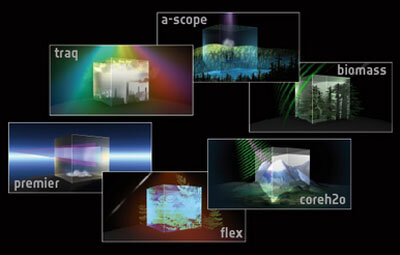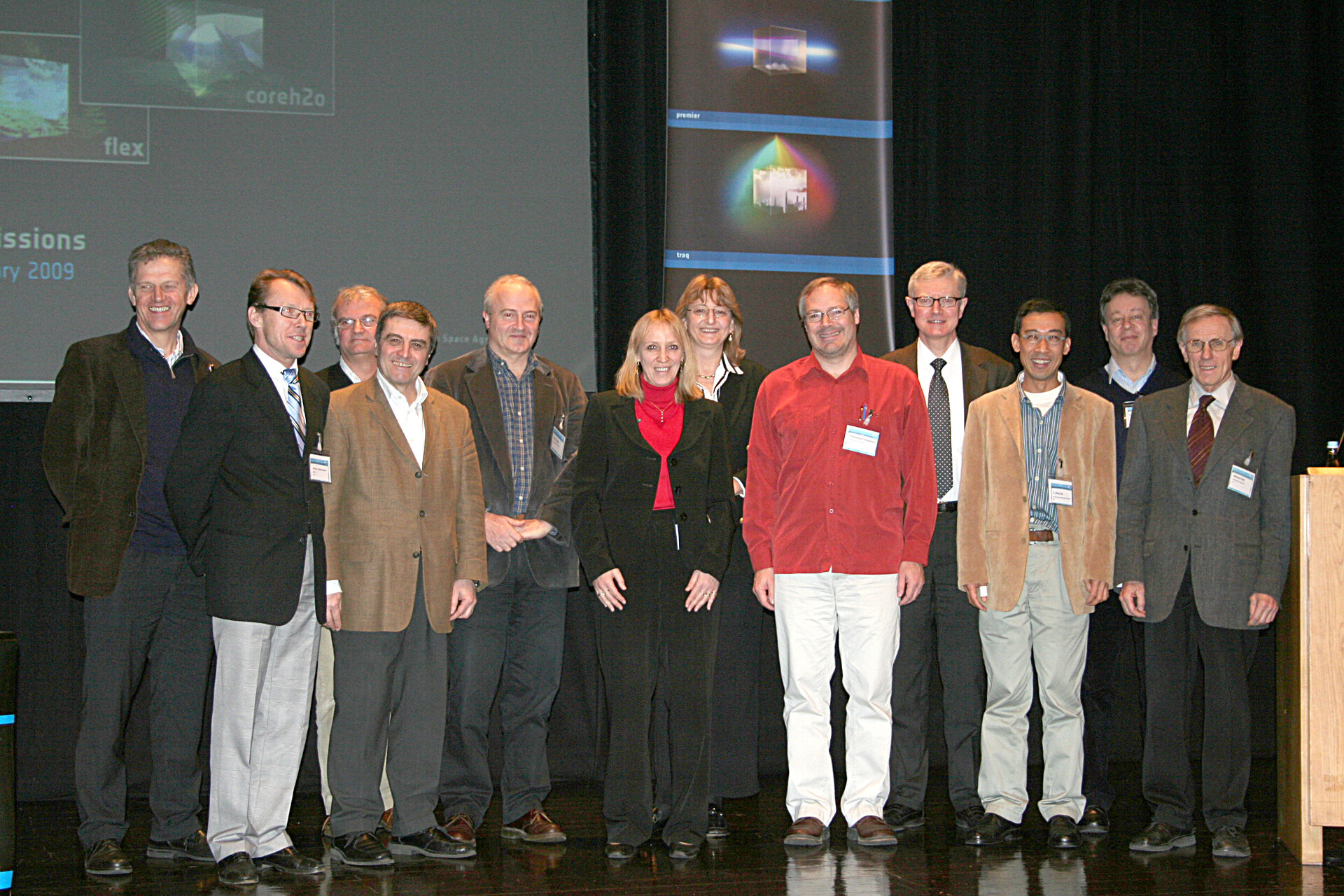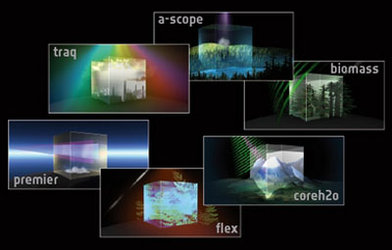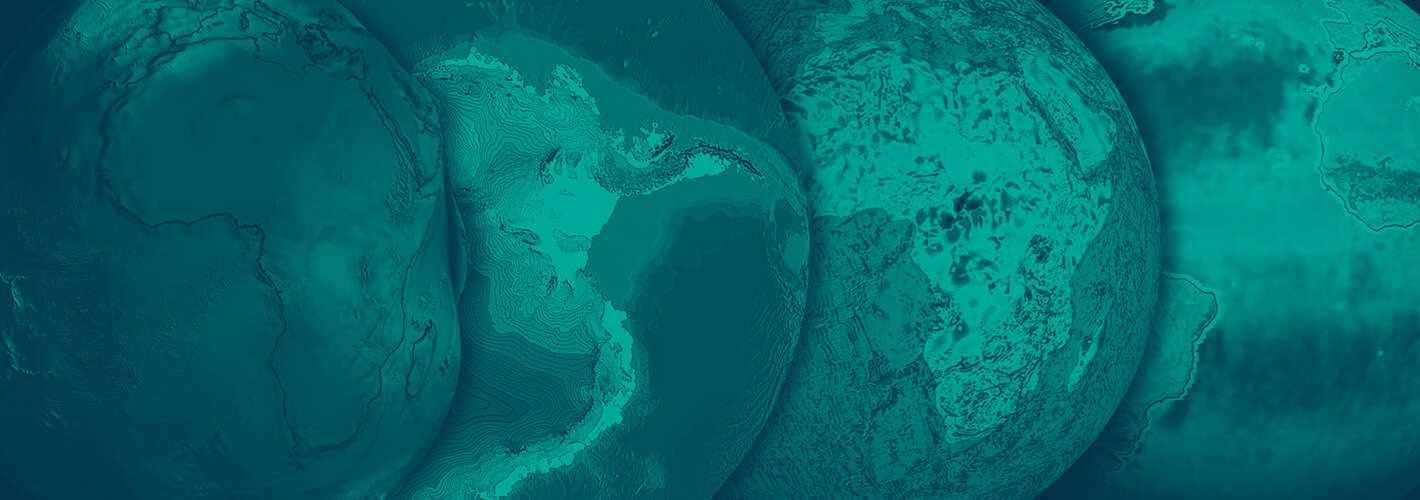Quest for new Earth Explorer leads scientists to Lisbon
Portugal, historically home to many an explorer, has just hosted an important international meeting where six new ESA Earth Explorer mission concepts were presented to and discussed by the scientific community. The missions all propose new ways of obtaining a better understanding of how the Earth system works.
The two-day Earth Explorer User Consultation meeting was held in Lisbon on 20-21 January and attended by leading scientists from around the world. Over the last two years, each of the missions has undergone an intensive assessment. The results of these studies underpinned the meeting, allowing the scientific and technical excellence of each of the concepts to be openly debated by the scientific community.
In order to meet the needs of the potential scientific users of data, the process of implementing an Earth Explorer mission follows a selection procedure. This has so far brought about the selection and implementation of six Earth Explorer missions, the first of which – ESA's gravity mission GOCE is due for launch in March 2009. The six mission concepts discussed at the meeting will lead to the seventh Earth Explorer with an anticipated launch in 2016.

Now under review by ESA's Earth Science Advisory Committee (ESAC), the six missions comprise: A-SCOPE – to observe atmospheric carbon dioxide for a better understanding of the carbon cycle; BIOMASS – to observe global forest biomass for a better understanding of the carbon cycle; CoReH2O to observe snow and ice for a better understanding of the water cycle; FLEX to observe photosynthesis for a better understanding of the carbon cycle; TRAQ to observe tropospheric composition for a better understanding of air quality and PREMIER to observe atmospheric composition for a better understanding of chemistry-climate interactions.
Stephen Briggs, Head of ESA's Science, Applications & Future Technologies Department commented that, "The six candidate missions were presented in turn by each mission's assessment group with animated questioning from the audience. These excellent presentations allowed ESAC to gain the full understanding of these leading edge scientific missions, which they needed for their subsequent deliberation."
ESAC will shortly provide recommendations to the Director of ESA's Earth Observation Programmes Volker Liebig, who will then propose to ESA's Earth Observation Programme Board up to three missions to be further studied for feasibility. As a next step, a further down-selection of the missions will result in one being chosen for implementation.








